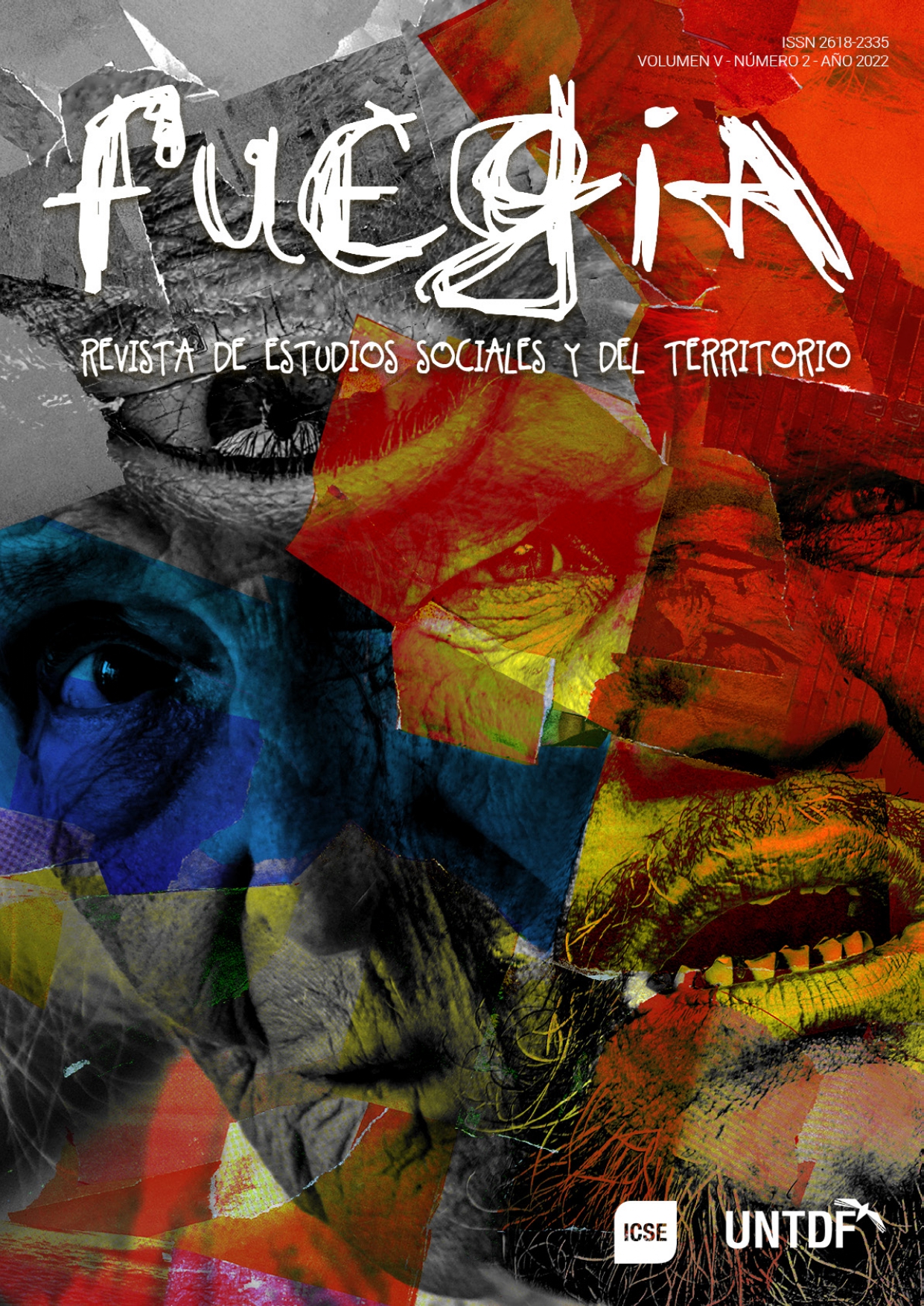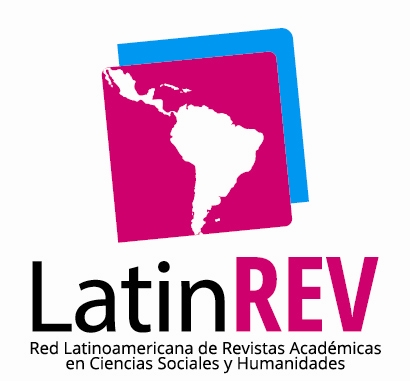Sociodemographic Characterization of Curanderismo in mid-19th Century in the Interior Territory of Argentina. The Case of the Province of Entre Ríos. 1869
Keywords:
curanderas/curanderos, censo de 1869, Argentina, sociodemografíaAbstract
The 1869 census, carried out during the presidency of Domingo Faustino Sarmiento, was characterized by being a nominative instrument in which the inhabitants of Argentina with certain sociodemographic characteristics, including occupation, were counted. Within them were tho se people who practiced various trades aimed at treating the health of the population such as doctors, apothecaries, midwives, healers, phlebotomists and dentists. The curanderismo (folk medicine) practice was characterized by its predominance, in numerical terms in relation to other health occupations, which gave it a certain superiority within the framework of a therapeutic market under construction. In this article we intend to make a first study of the folk medicine practice from a quantitative perspective that allows us to understand the sociodemographic characteristics of those who practiced it in the province of Entre Ríos: location, age, sex, marital status, place of birth, occupation, literacy, in order to develop hypotheses about the social condition of men and women. This analysis will be based on the 1869 census records, not used until now to carry out this type of study.
Downloads
Published
Issue
Section
License

This work is licensed under a Creative Commons Attribution-NonCommercial-ShareAlike 4.0 International License.




